Optimal Timing for Concrete Installations
Concrete installations are influenced by seasonal weather conditions, temperature, and humidity. Optimal timing ensures durability and quality, minimizing issues such as cracking or improper curing. Understanding the ideal periods for concrete work can lead to longer-lasting results and fewer repairs.
Spring offers moderate temperatures and lower humidity, promoting proper curing and reducing the risk of cracking.
While summer provides warm weather, high temperatures and rapid drying can affect concrete strength. Proper planning is essential.
Fall's cooler temperatures and lower humidity levels make it an ideal time for concrete work, ensuring optimal curing conditions.
Cold temperatures can hinder proper setting and curing. Concrete work during winter requires special precautions or may need to be postponed.
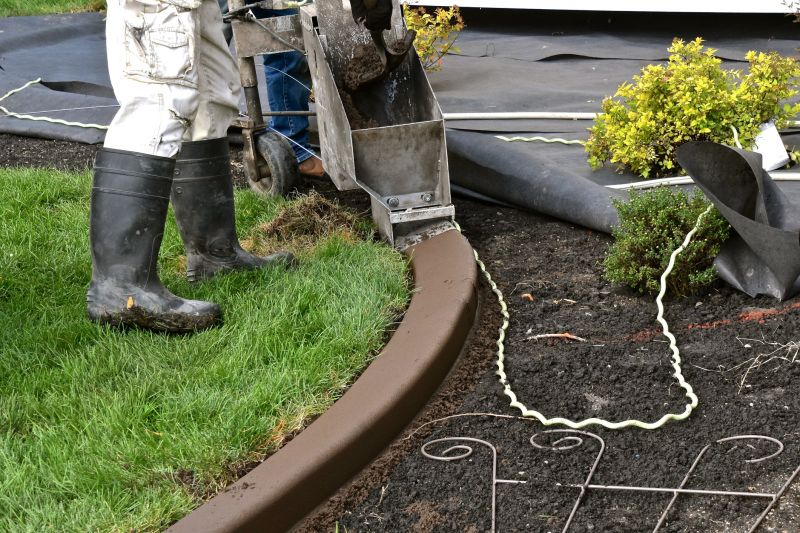
Ways to make Concrete Installations work in tight or awkward layouts.

Popular materials for Concrete Installations and why they hold up over time.
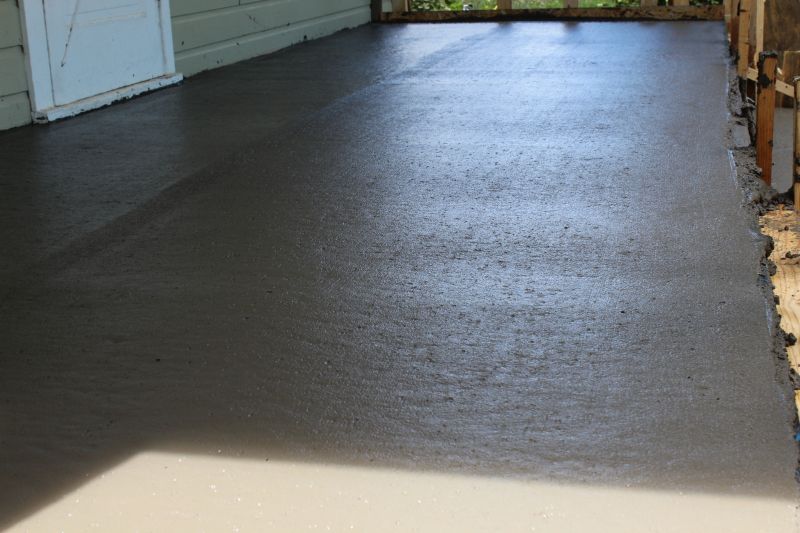
Simple add-ons that improve Concrete Installations without blowing the budget.
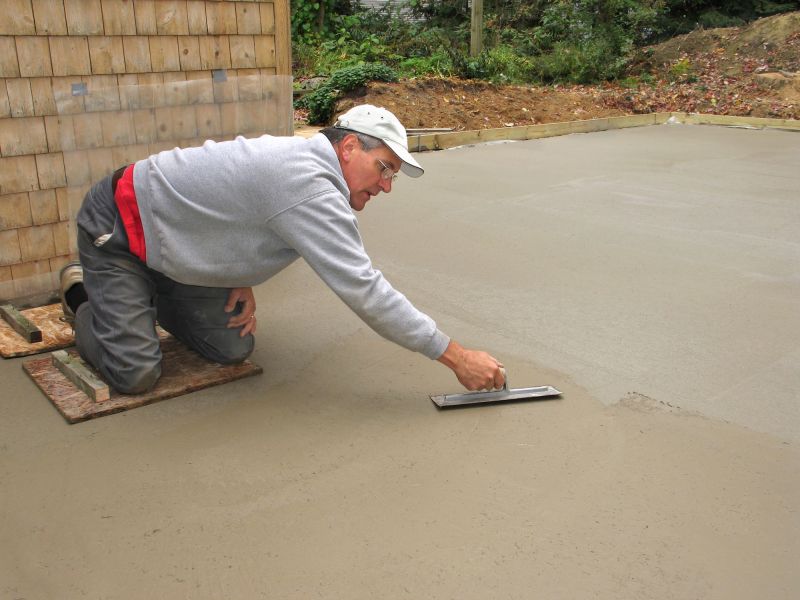
High-end options that actually feel worth it for Concrete Installations.
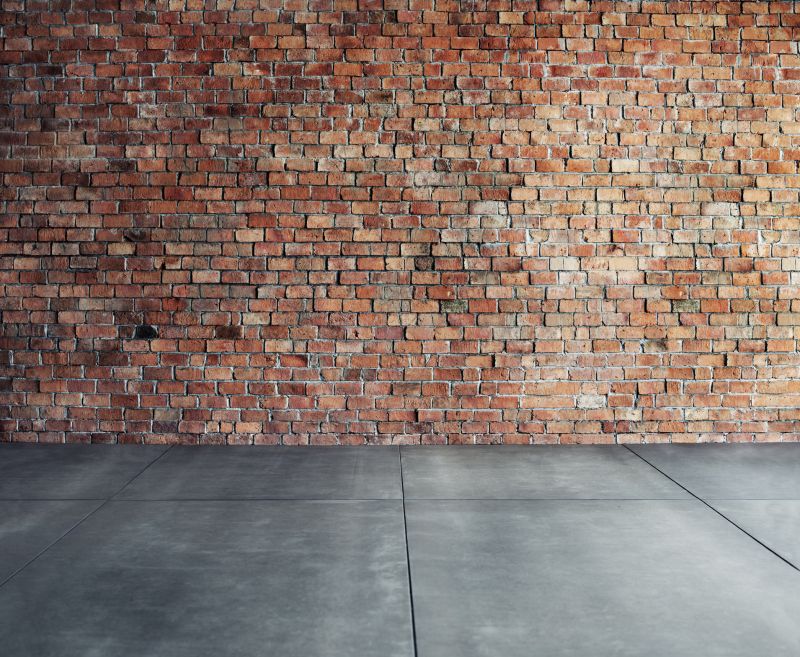
Finishes and colors that play nicely with Concrete Installations.
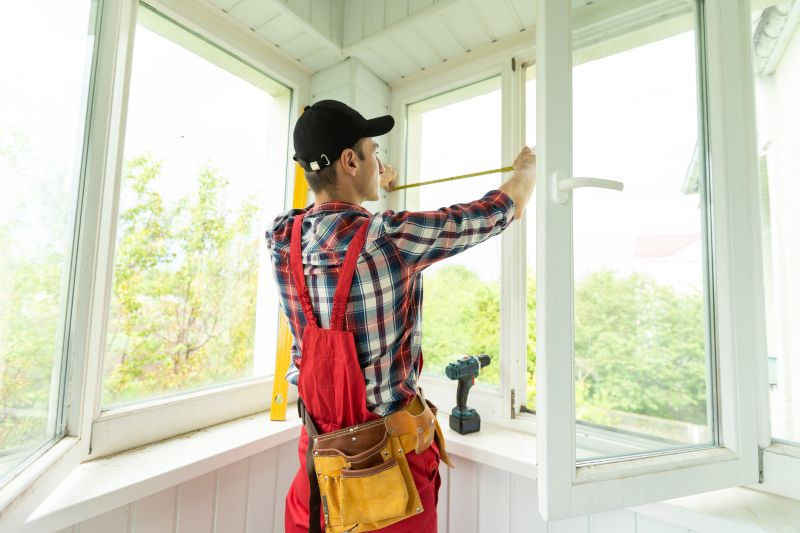
Little measurements that prevent headaches on Concrete Installations day.
| Season | Ideal Conditions |
|---|---|
| Spring | Moderate temperatures, lower humidity, good for curing |
| Summer | Warm weather but risk of rapid drying, requires precautions |
| Fall | Cooler temperatures, optimal for curing |
| Winter | Cold temperatures hinder setting, may need postponement |
Concrete installations involve precise mixing, pouring, and curing processes. Proper timing aligned with seasonal conditions can significantly impact the longevity and quality of the finished surface. Weather factors such as temperature and humidity directly influence curing times and strength development, making seasonality an important consideration for project planning.

A 60-second routine that keeps Concrete Installations looking new.
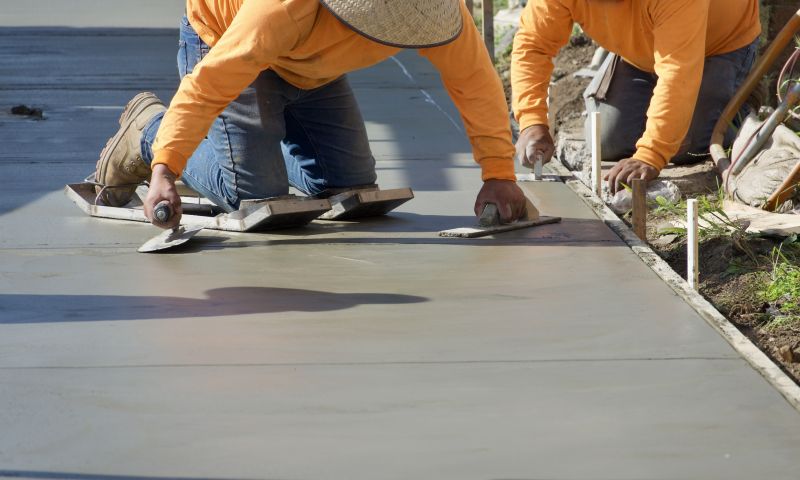
A frequent mistake in Concrete Installations and how to dodge it.
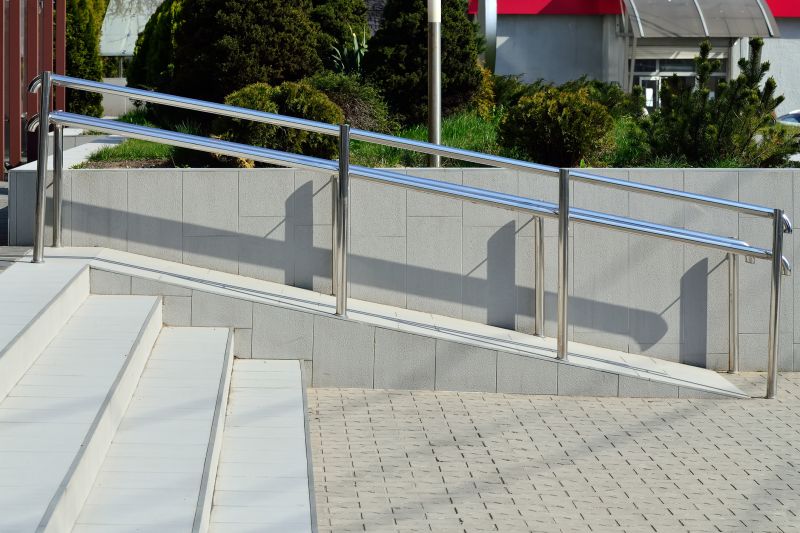
Small tweaks to make Concrete Installations safer and easier to use.
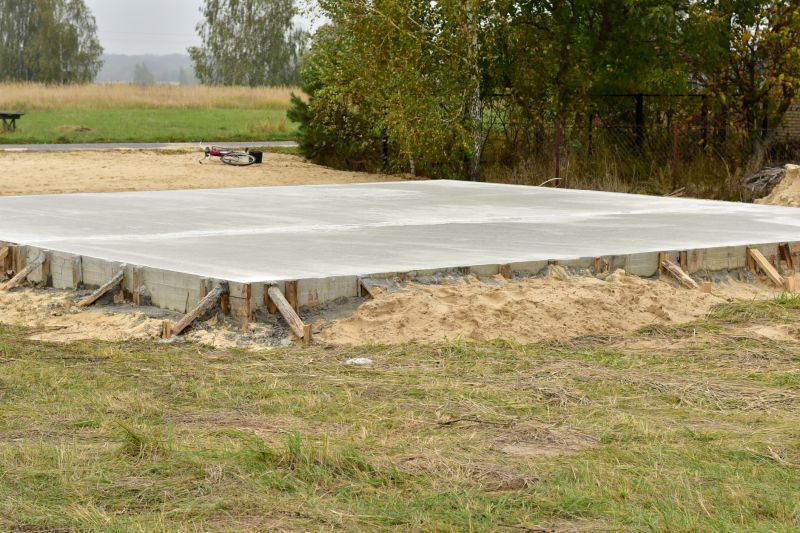
Lower-waste or water-saving choices for Concrete Installations.
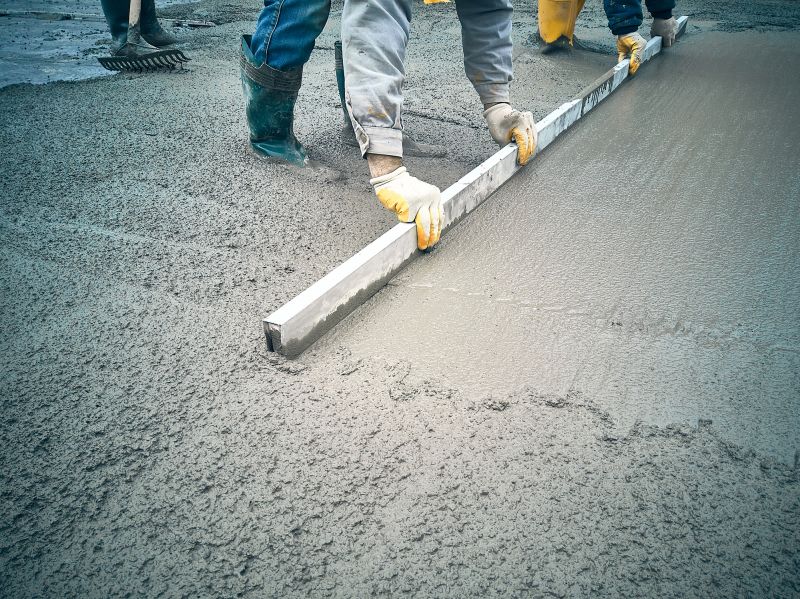
The short, realistic tool list for quality Concrete Installations.
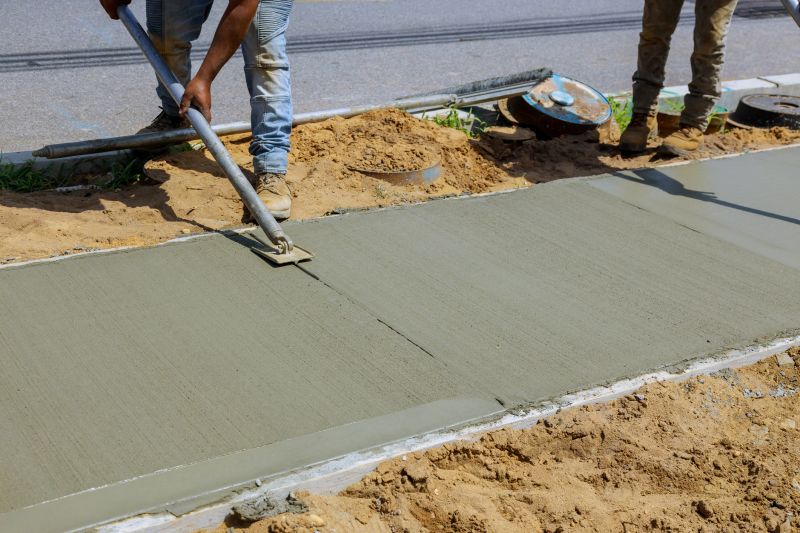
Rough timing from prep to clean-up for Concrete Installations.
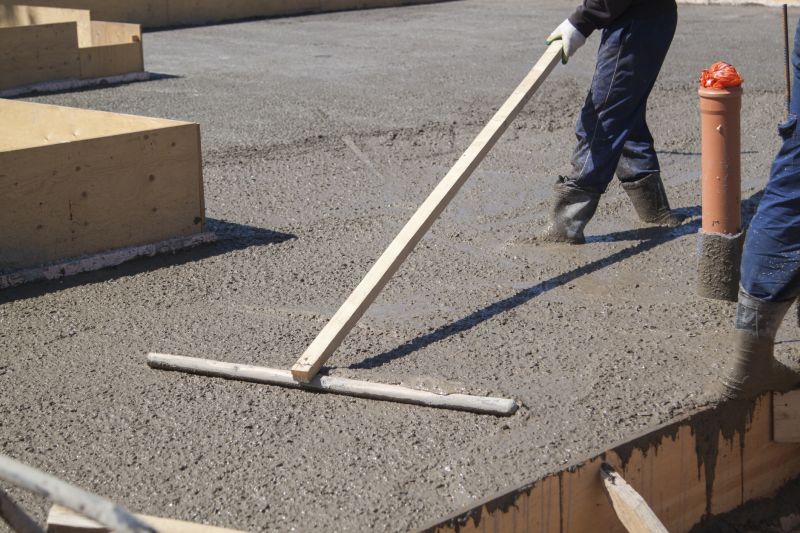
Quick checks and paperwork to keep after Concrete Installations.

Examples that show the impact a good Concrete Installations can make.
Choosing the right time for concrete installation depends on local climate conditions and project specifications. Proper scheduling can lead to better surface integrity, reduced cracking, and longer-lasting results. Consulting with concrete professionals can help determine the best period for specific needs.
Interested in scheduling a concrete installation? Fill out the contact form to discuss options and optimal timing for your project.
